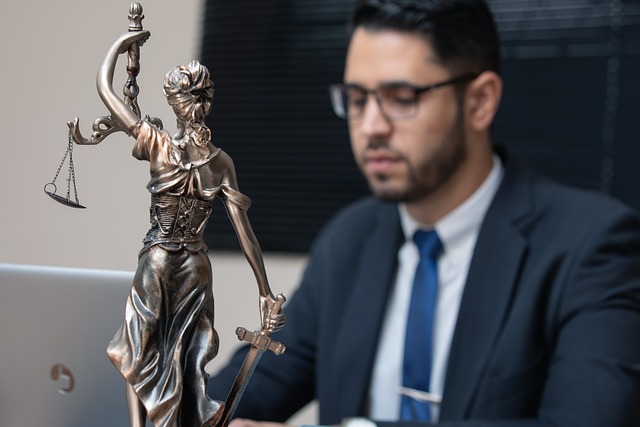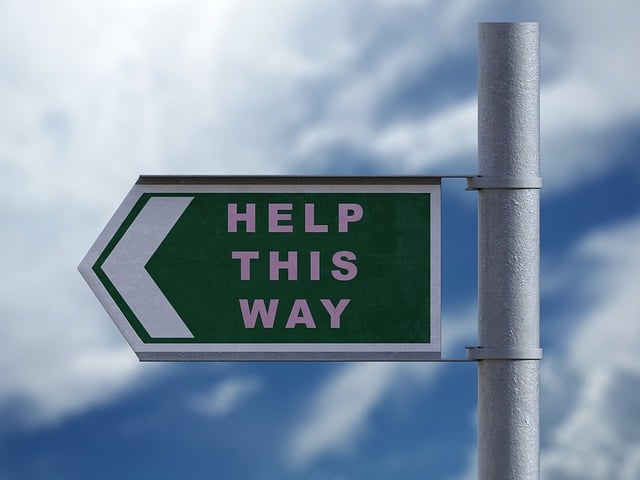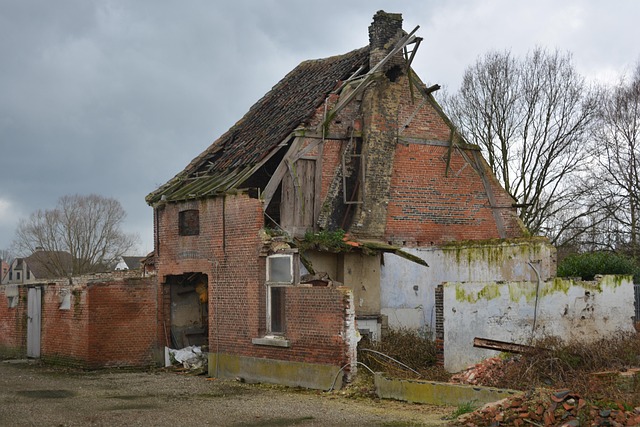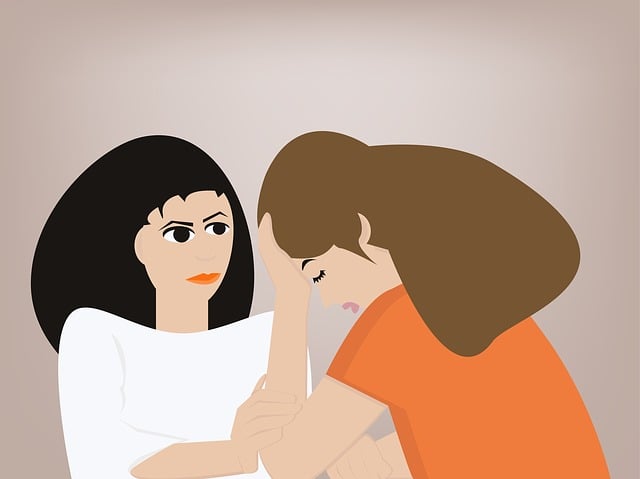Product liability compensation protects consumers harmed by defective products. Individuals can sue manufacturers, sellers, or distributors for injuries, wrongful death, or damages using strict liability or negligence principles. Gathering evidence, consulting legal experts, and navigating complex regulations are crucial steps. Notable cases have led to enhanced industry safety standards and substantial class-action settlements, underscoring the power of effective legal representation in securing reparations.
In today’s world, the safety of consumer products is paramount. When defective devices cause harm, understanding product liability compensation becomes crucial. This article delves into the legal perspective of product liability compensation, guiding you through the claims process and providing real-world examples through case studies. Discover how individuals have secured justice and financial redress for injuries resulting from faulty goods, shedding light on the significance of robust product safety measures.
- Understanding Product Liability Compensation: A Legal Perspective
- The Process of Claiming Compensation for Defective Devices
- Case Studies: Real-World Examples of Product Liability Settlements
Understanding Product Liability Compensation: A Legal Perspective

Product liability compensation is a legal framework designed to protect consumers from harm caused by defective products. When a product proves to be dangerous or fails to meet safety standards, individuals who suffer injuries as a result can pursue legal action against manufacturers, sellers, or distributors. This form of compensation aims to hold responsible parties accountable for their negligence and provide affected victims with the means to seek justice and redress for their damages.
From a legal perspective, product liability cases often revolve around establishing fault through strict liability or negligence principles. Strict liability implies that a manufacturer can be held accountable regardless of their level of care, while negligence requires proving that the defendant acted irresponsibly or failed to meet the standard of care expected in similar situations, such as in slip and fall incidents or elder law concerns. Wrongful death claims under product liability are also prevalent when a defective device causes the untimely demise of a user.
The Process of Claiming Compensation for Defective Devices

When dealing with a defective device that has caused harm or loss, understanding the process of claiming product liability compensation is crucial. The journey to seek justice often begins by gathering evidence and documenting the incident. This includes collecting information about the product, its manufacturer, and any relevant purchase records. A thorough review of the product’s user manual and safety guidelines can also be vital in building a strong case.
Next, individuals affected by such devices should consult with a qualified auto accident attorney or personal injury attorney who specializes in product liability cases. Legal experts guide clients through the intricacies of filing claims, ensuring they meet all legal requirements. They help draft compelling narratives and prepare necessary documents to present to insurance companies or manufacturers. Through negotiation or, if needed, litigation, these professionals fight for fair product liability compensation on behalf of their clients.
Case Studies: Real-World Examples of Product Liability Settlements

Product liability compensation claims have been pivotal in shaping industries and ensuring consumer safety through real-world examples set by case studies. One notable instance involves a leading electronics manufacturer whose defective smartphones led to widespread burns among users due to overheating. A class-action lawsuit resulted in a substantial settlement, setting a precedent for future cases. This not only rewarded affected consumers but also served as a warning sign for the company, encouraging them to strengthen quality control measures.
Another case involves a pharmaceutical company accused of negligence in manufacturing a prescription drug with impure ingredients, causing severe medical complications among patients. The resulting lawsuit and settlement underscored the importance of stringent regulatory adherence in the healthcare sector. Employment disputes have also led to significant product liability compensation when workers suffered injuries from defective tools or machinery on the job, highlighting the employer’s responsibility for providing safe working conditions. These cases exemplify how individuals can secure substantial reparations for harm caused by faulty products through diligent legal representation from accident lawyers.
Product liability compensation plays a vital role in ensuring consumer safety and holding manufacturers accountable. By understanding the legal framework, victims of defective devices can navigate the claims process effectively. The case studies presented offer tangible examples of the significant settlements achieved, emphasizing the importance of this form of recourse. Awareness and swift action regarding product defects are key to accessing the compensation that may result from these situations.






